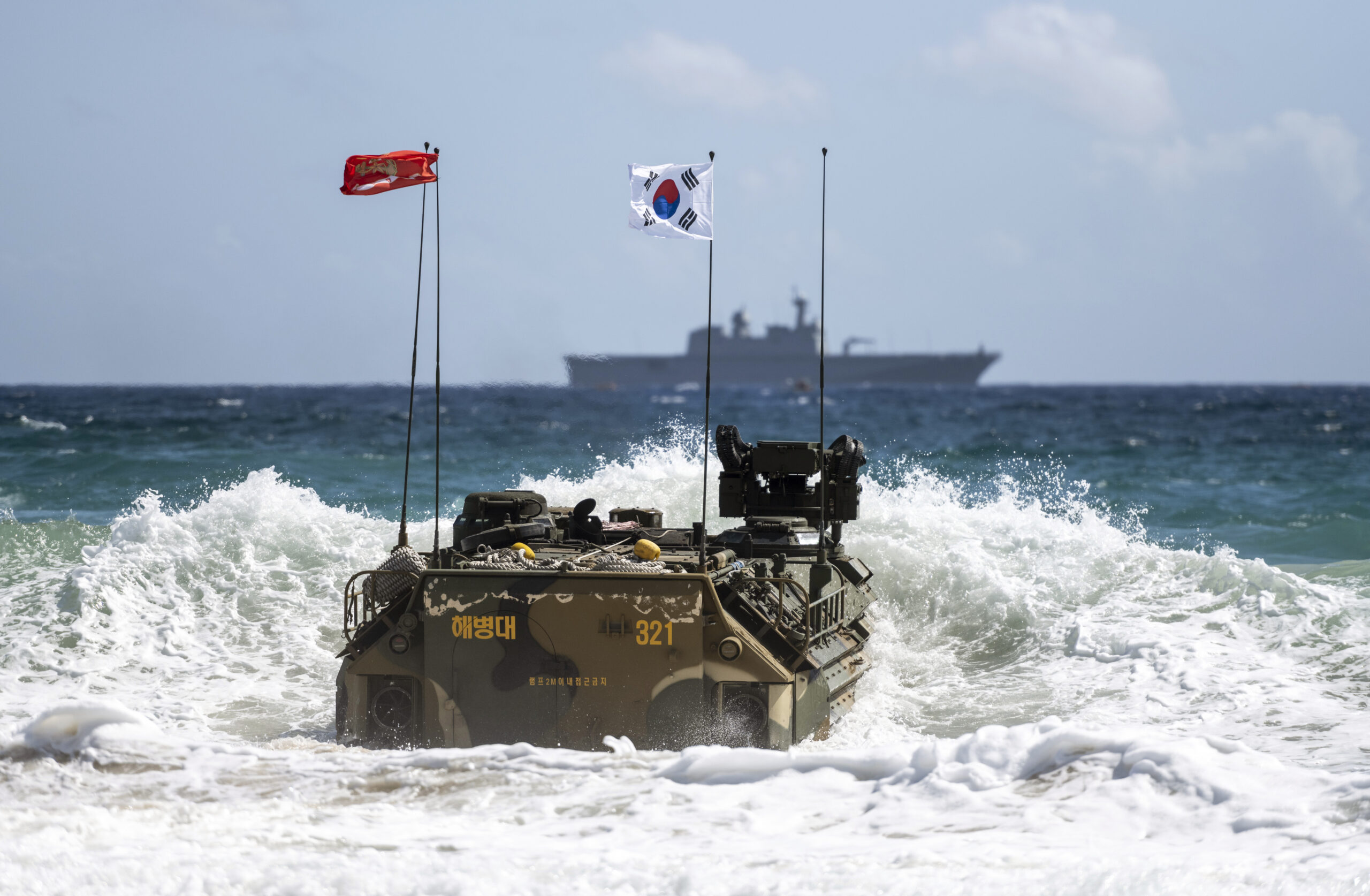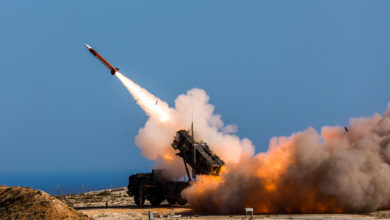S. Korean Amphibious Assault Vehicles to Receive Anti-Motion Sickness Tech
Hyundai Mobis will implement healthcare technology into the Republic of Korea Marine Corps amphibious assault vehicles that will decrease soldiers’ motion sickness.
The agreement supports efforts to enhance the performance of expeditionary warfighters traveling and operating across maritime and terrestrial domains.
Work for the project will include gathering essential data in the first half of 2024.
Once employed, the capability will also be used for military training and analysis of factors inducing motion sickness to improve its effectiveness.
“This marks the first application of Hyundai Mobis’s motion sickness reduction technology in the broader mobility sector beyond conventional vehicles,” Hyundai Mobis said.
“Its introduction is anticipated to expand into defense, maritime, and aviation transportation.”
Alleviating Motion Sickness
According to the company, motion sickness commonly appears in individuals who experience large variations between what they see and their body’s response to expected movement.
An example scenario to incur motion sickness is looking sideways while riding a forward-moving car.
To address the concern, Hyundai Mobis developed a proprietary technology called “Smart Cabin Controller” last year.
This platform analyzes drivers’ heart rate, brainwaves, and posture to alleviate motion sickness, stress, and drowsiness.
Smart Cabin Controller
Mobis’ proprietary technology combines autonomous driving with passenger cognitive readers to produce biometric data simulating sight, touch, hearing, and smell that can minimize motion sickness.
The company claims that the capability can suppress the problem by up to 70 percent and lessen corresponding symptoms by 40 percent.
It has software and hardware that can withstand harsh environments and incorporate environmental perception sensors, movement-analysis sensors, and control solutions.
Furthermore, the Smart Cabin Controller includes a display to relay visual travel information and climate control modules to stabilize temperature for passengers.












